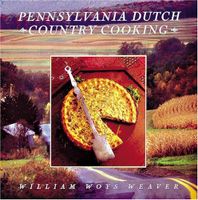Label
All
0
Clear all filters
Milk Yeast
Millichsatz
Appears in
Published 1993
Considered the “instant” yeast of colonial times, milk yeast was easier to make than the others, but it was also the most unsafe because there were no hops to selectively destroy wild yeasts and bacteria. Country bakers did not know what bacteria were, but through trial and error they were well acquainted with the end results, both good and bad.
To make milk yeast, raw milk was mixed with salt and coarse flour or cornmeal and put in a warm place to ferment. Naturally occurring yeasts in the flour or cornmeal gradually produced enough of a yeast culture to create a foamy liquid. This was often incorrectly called salt-rising yeast on the mistaken assumption that it was the salt that caused the reaction. Once the milk and flour mixture began to foam, it had to be used immediately or it would lose its strength and sour.
Become a Premium Member to access this page
Unlimited, ad-free access to hundreds of the world’s best cookbooks
Over 160,000 recipes with thousands more added every month
Recommended by leading chefs and food writers
Powerful search filters to match your tastes
Create collections and add reviews or private notes to any recipe
Swipe to browse each cookbook from cover-to-cover
Manage your subscription via the My Membership page
Best value
Part of
Advertisement
Related Recipes
-
-
-
-
Related Reference
-
-
-
-
Advertisement
The licensor does not allow printing of this title



